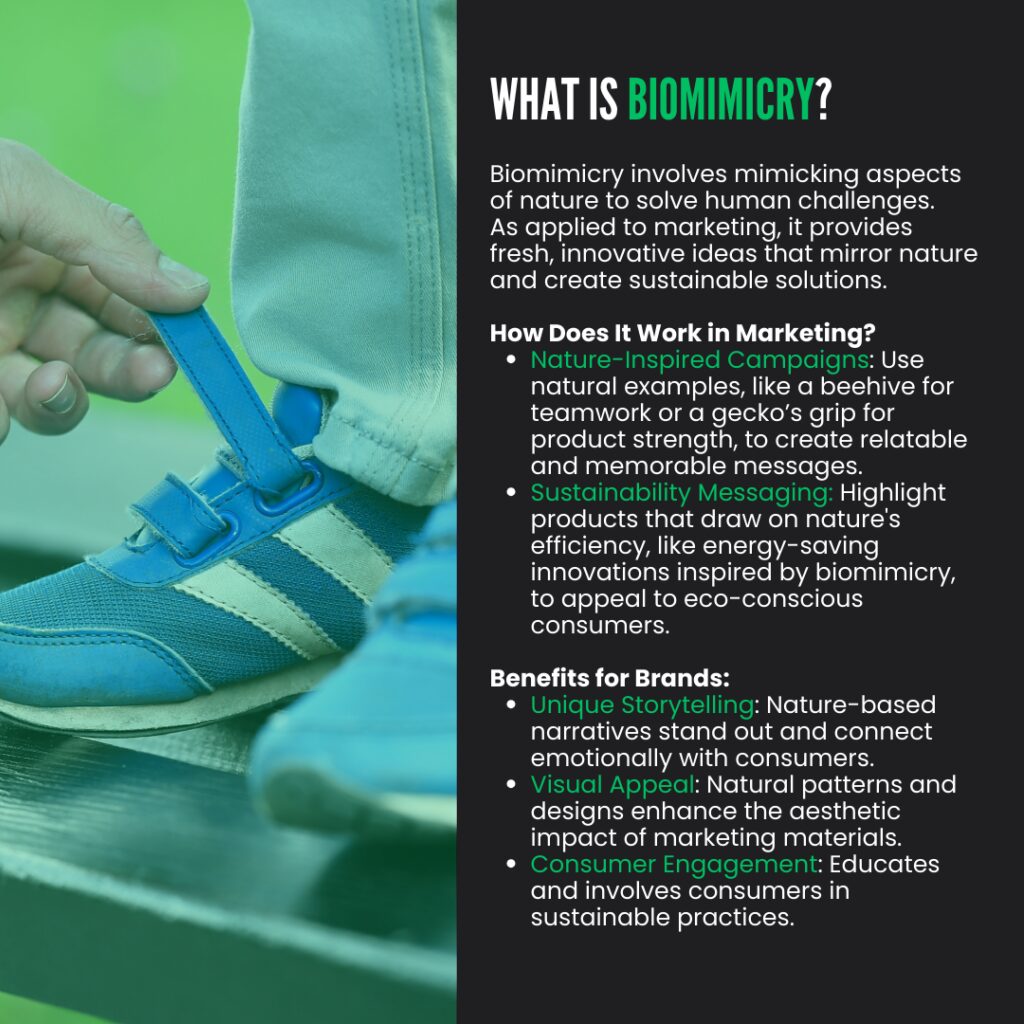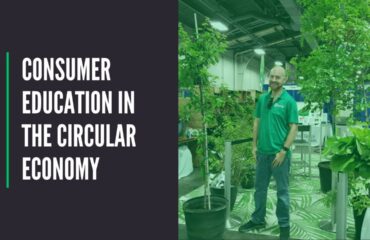
Biomimicry is a unique concept that takes cues from nature’s own genius to solve human problems. Imagine observing the world around us—trees, animals, oceans—and then using those observations to craft marketing strategies that are not only innovative but also deeply resonate with people. By looking to nature for inspiration, brands can create compelling stories and campaigns that feel genuine and sustainable. This post takes a high-level look into how the principles of biomimicry can inspire fresh, creative marketing campaigns that connect with consumers on a deeper level by showcasing solutions drawn from the natural world.
Understanding Biomimicry in Marketing:
Biomimicry as applied to marketing is about finding parallels between the natural world and a brand’s message. It’s about asking, “How does nature solve this?” and then using that insight to inform a campaign. For example, consider a company wanting to highlight themes of resilience and adaptability. They might draw inspiration from a resilient plant like the cactus, which thrives in harsh desert environments, to symbolize endurance and innovation in the face of adversity. Similarly, a campaign might use the collaborative nature of a beehive to illustrate the importance of community and teamwork or showcase the gecko’s remarkable adhesive abilities to promote a product that offers a strong grip or secure hold. By weaving these nature-inspired elements into their narratives, brands can create messages that are not only innovative but also relatable and memorable, striking a chord with consumers who recognize these natural strategies.
Creating Nature-Inspired Campaigns:
Developing a campaign inspired by nature requires marketers to look closely at how plants and animals survive and thrive. Take ants, for instance—these small creatures are renowned for their teamwork and problem-solving abilities, often working together to achieve a common goal far greater than any one ant could accomplish alone. This can be an excellent metaphor for a corporate culture campaign emphasizing teamwork and collaboration. Or consider the starfish, which can regenerate lost limbs; this ability could inspire a campaign focused on sustainability, promoting products designed for durability, reusability, or recyclability. By drawing on these natural examples, brands can craft campaigns that not only tell a story of innovation and resilience but also align with the growing consumer demand for sustainable, eco-friendly practices.
Engaging Consumers with Biomimicry:
To truly engage consumers, it’s crucial to showcase the tangible benefits of biomimicry-inspired innovations. Consumers are increasingly savvy and aware of the environmental impact of their purchases, and they want to see how a product or service directly benefits them and the planet. For example, a company that uses biomimicry in their processes to develop energy-efficient products could create a campaign that not only highlights the product’s cost-saving benefits but also its role in sequestering carbon, similar to trees and plans. Visual elements are also key—using natural designs like the intricate patterns of butterfly wings or the hexagonal architecture of honeycombs can add an aesthetic appeal to marketing materials, making them more visually striking and memorable. These elements help capture attention and convey a message of harmony with nature, enhancing the overall impact of the campaign.

Conclusion:
Biomimicry as a concept offers a treasure trove of ideas for marketers looking to craft innovative and sustainable campaigns. By tapping into the timeless strategies of the natural world, brands can create messages that are not only fresh and creative but also resonate deeply with consumers. This approach fosters a deeper connection to the natural world, allowing brands to communicate their commitment to sustainability in a way that feels authentic and inspiring. In a market where authenticity and environmental responsibility are increasingly valued, biomimicry is a powerful tool for brands seeking to stand out and make a meaningful impact.
*Content was generated with AI based on my notes and direction, then edited and refined by me for accuracy.



